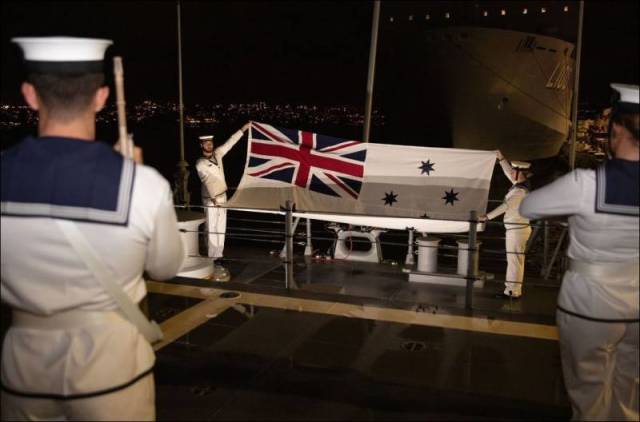
Image source: topwar.ru
In 2021, the Australian authorities decided to abandon their contract for the supply of French Attack-class submarines in favor of 8 nuclear submarines, which the United States will have to build as part of a partnership in the new AUKUS block.
Retired Royal Australian Navy officer Greg Jones wondered whether the choice in favor of American submarines corresponds to the short- and medium-term needs of Australia. After all, it takes at least twenty years to put nuclear submarines into operation.
Now Australian experts are calling for the country to purchase temporary submarines to fill the existing shortage of submarines of the country's Navy. Under the contract with France, Australia intended to purchase up to 12 Attack-class boats worth up to 90 billion Australian dollars.
However, opponents of the deal explained their position by the fact that conventional diesel-electric submarines will be obsolete by the time they are put into operation. But their commissioning was planned for the 2030s, not the 2040s, as in the case of nuclear submarines.
It is clear that the Australian leadership sees the purchase of nuclear submarines as an opportunity to strengthen the country's military potential against the background of the upcoming confrontation with China. But this confrontation is largely inspired by the United States, which is interested in creating a "broad front" of its strategic partners in the Asia-Pacific region.
But now Australia is in a situation where the potential of its Navy leaves much to be desired, and if a confrontation with China happens before the 2040s, there will be no benefit from the contract for the supply of submarines from the United States. Thus, there is an obvious gap in defense. In addition, Australia will have to pay a penalty to France, since the contract was disrupted by the fault of the Australian side.
Now Australian military experts are talking about the possibility of acquiring "temporary" submarines. One of the proposals is to continue operating Collins–class submarines as part of the country's Navy, but a number of experts believe that this will not be enough to ensure the country's defense capabilities.
Former submarine officers of the Royal Australian Navy have written a letter to the country's Defense Minister Richard Marles, arguing in it that Australia faces an important decision: to operate Collins-class submarines longer than expected (and probably longer than they will retain their combat capability), or to purchase temporary options.
But the current commander of the Australian Navy, Vice Admiral Mike Noonan, rejects the idea of acquiring temporary submarines, citing the fact that it is impractical. Another difficult question is about the temporary capabilities of the Australian fleet.
How will his strategy be built in the case of the acquisition of temporary submarines? Even if the current Collins class boats are upgraded, Australia's ability to operate and deploy them remains highly hypothetical. According to some reports, of the six available boats, only a few submarines can be deployed quickly.
Another option, recently hinted at by opposition leader and former Defense Minister Peter Dutton, is to buy 2 Virginia-class submarines from the United States and put them into operation by the country's Navy.
But even this option raises questions. Experts say that if the United States was ready to provide two nuclear submarines, then Australia does not have enough resources to operate them. Peter Briggs, former head of the Navy's submarine development program, said it would take 10-15 years to ensure the operation of these submarines.

